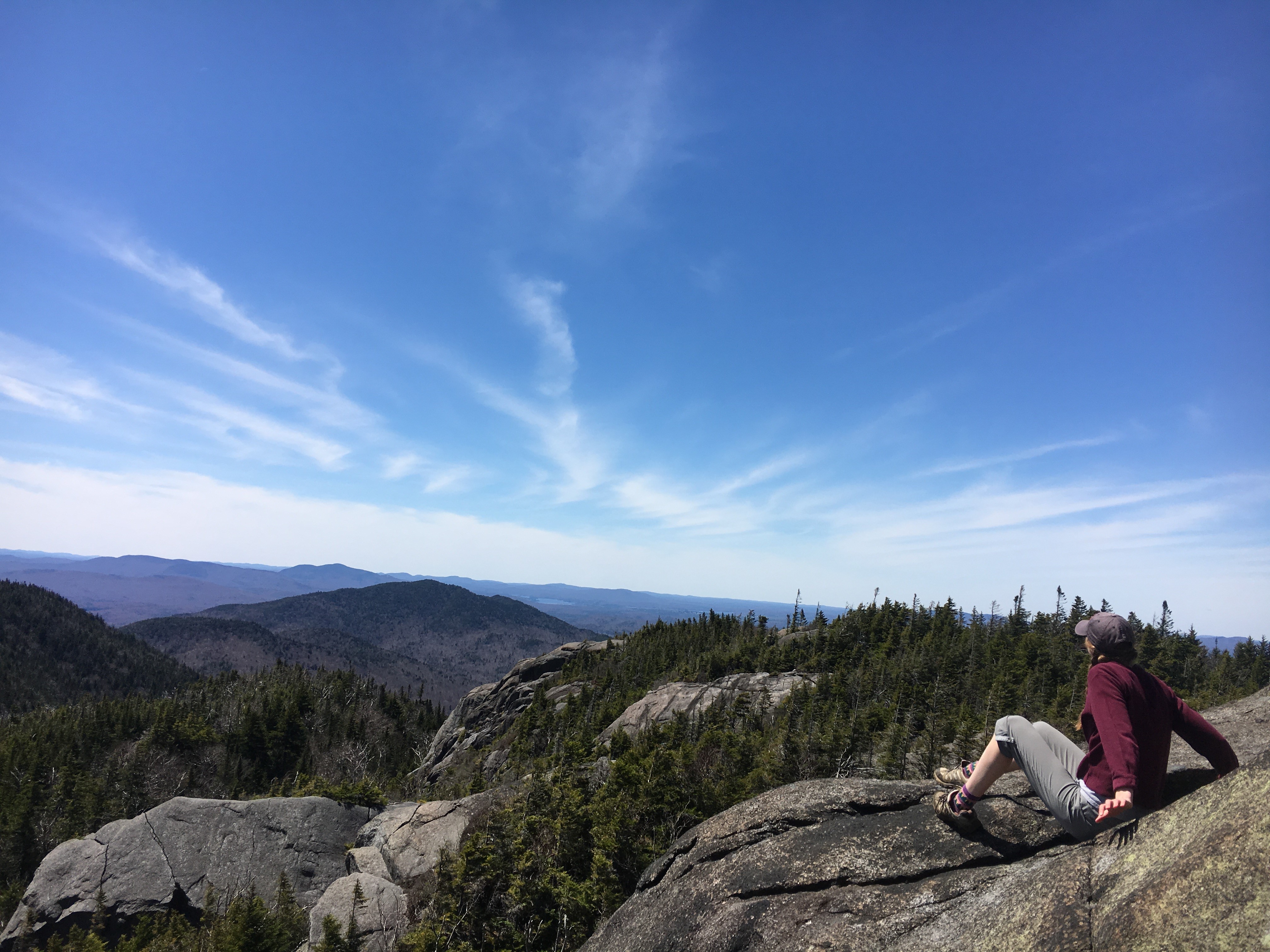What's Your Nature?
Become a Nature Up North explorer to share your encounters with wild things and wild places in New York's North Country. Post your wildlife sightings, landscape shots, photos from your outings, and even your organization's events!
Intro to Fishing Workshop
The Nature Up North team had a great time leading an Introduction to Fishing workshop at Ives Park in Potsdam. After much untangling of fishing poles, guests made two catches: both rock bass.
Summer Solstice Campfire
Nature Up North's campfire in honor of the summer solstice was a great success! We shared stories and animal sightings, and s'mores flavored with locally gathered wood sorrel and pineapple weed.
Natural Tie-Dyeing!
The rain held up just enough for a successful event this afternoon! After delving into some history of dyeing and foraging the landscape for potential plants for dye, the group learned the process of creating homemade dye. We wrapped the program up by dyeing bandanas to take home! Among the plants used to dye were daisies, yellow dock root, buckthorn, spearmint, and false indigo.
Cedar waxwing
Walking back to my office after a meeting, I noticed a stunned cedar waxwing lying on the ground. I could see its tail moving, so I gently set it up on its feet. Got this photo after righting the bird. I suspect it had flown into a window. The area is planted with juneberry trees (shadbush, Amelanchior) which are in fruit right now and attract lots of cedar waxwings. The second photo is one of the waxwings in one of the trees.
Though I hate to see the birds hit windows, their presence and the lovely churrs they make really improve my day!
Why Did the Turtle Cross the Road?
Many of us rely on crosswalks to safely navigate through bustling traffic, but wild animals are often not so lucky. Road kill is a major issue that continues to decrease animal abundance and biodiversity. While road signs are established for animal crossing in certain areas, there is no way to determine exactly when and where an animal will cross.

Paddling Series: Water Plant Adventures
Wild Edible Plants Walk on Chippewa Preserve Trail
Nature is fruitful, but fruits aren't the only edible parts of wild plants. On Saturday, July 28, 2018 the Chippewa Bay Community Club and Nature Up North will sponsor a "Wild Edible Plants Walk" on the Chippewa Bay Preserve Trail in Chippewa Bay from 10 am - Noon. Learn how to find, identify and prepare local edible plants both responsibly and safely. Having a better understanding of what is edible and what isn't will enhance your connection to the local environment as well as your survival skills.
Butterfly and Dragonfly Walk
A leisurely walk at Indian Creek Nature Center to discover what butterflies, dragonflies, and damselflies are out and about. As we seek out the colorful butterflies, we’ll discuss adaptations that help them survive, the plants they lay eggs on, and those they get nectar from. Some dragonflies and damselflies will be breeding nearby in a shallow pond. We’ll learn about their lives as we observe their fascinating behaviors. Meet at the end of the access road (note DEC Sign) about a mile north (towards Canton) of the nature center drive on the east side of Rt. 14.
Up Go the EAB Traps!
One of our tasks this week as interns for Nature Up North was to set up two funnel traps for the invasive emerald ash borer (EAB) beetle over the course of yesterday and today. The purpose of these traps is to determine the presence of EAB within the area. Each trap has pheromones that attract nearby insects and a fluid that preserves each specimen. These will be checked every two weeks and taken down in the fall!
Take A Hike: Getting Back Outdoors
There’s ice coating one of the boulders next to me. Water drips off of it slowly, tracing a path through some moss below. The boulder in front of me is much larger and steeper, but isn’t slippery with ice, and, looking around me, I can see that the only way forwards is up. Gritting my teeth, I grab a nearby exposed tree root that’s jutting out from the top of the boulder, dig my toes into a crack in the rock, and pull myself up.

